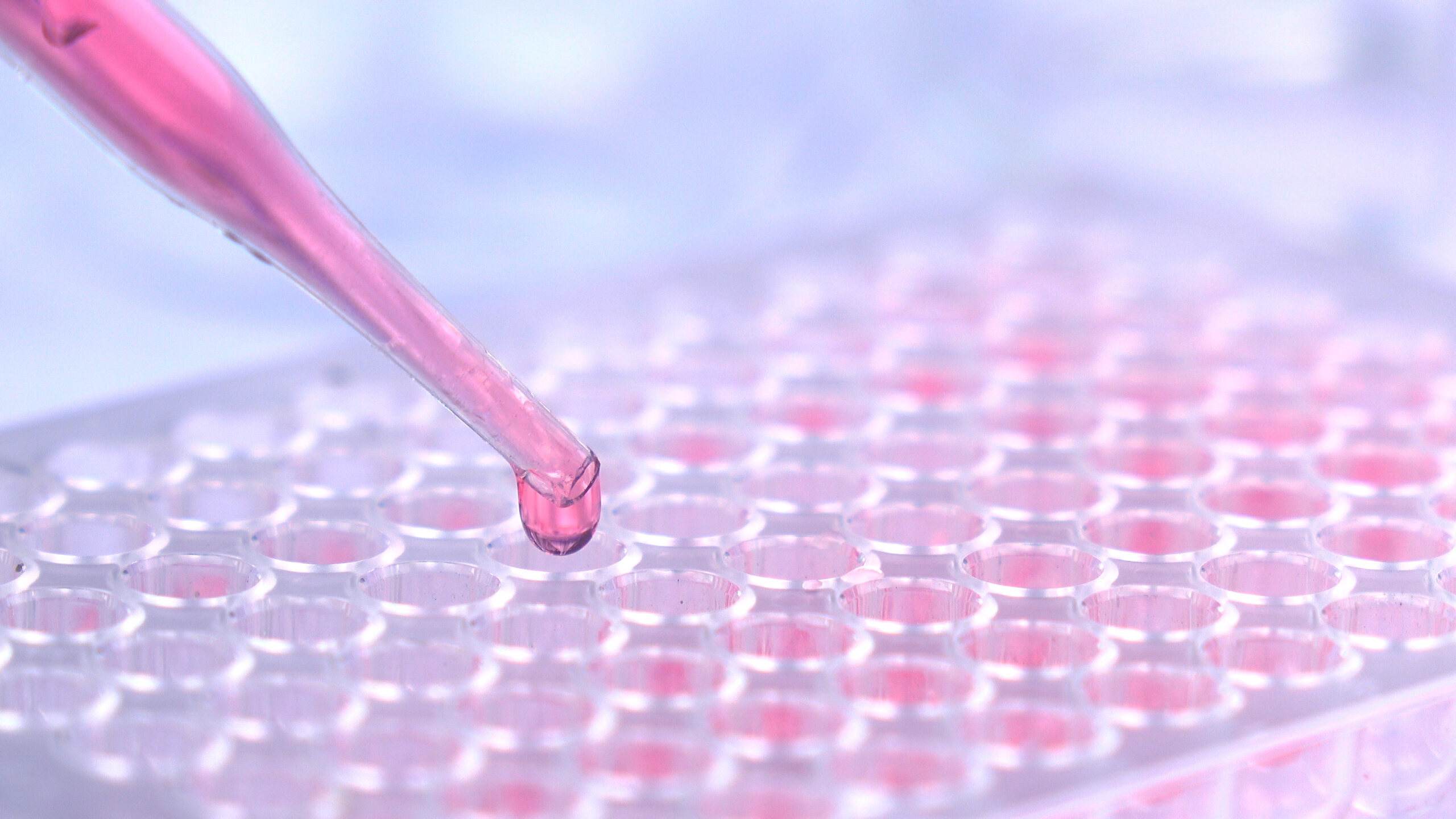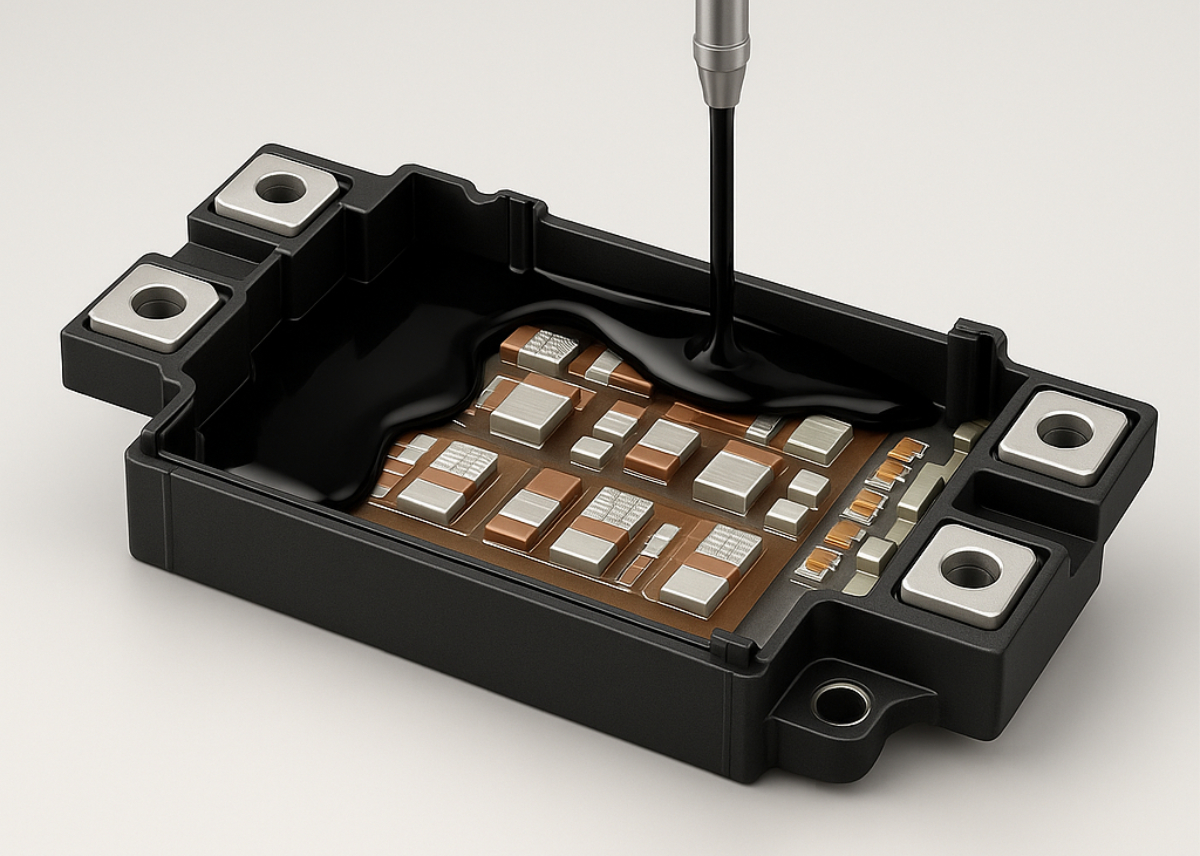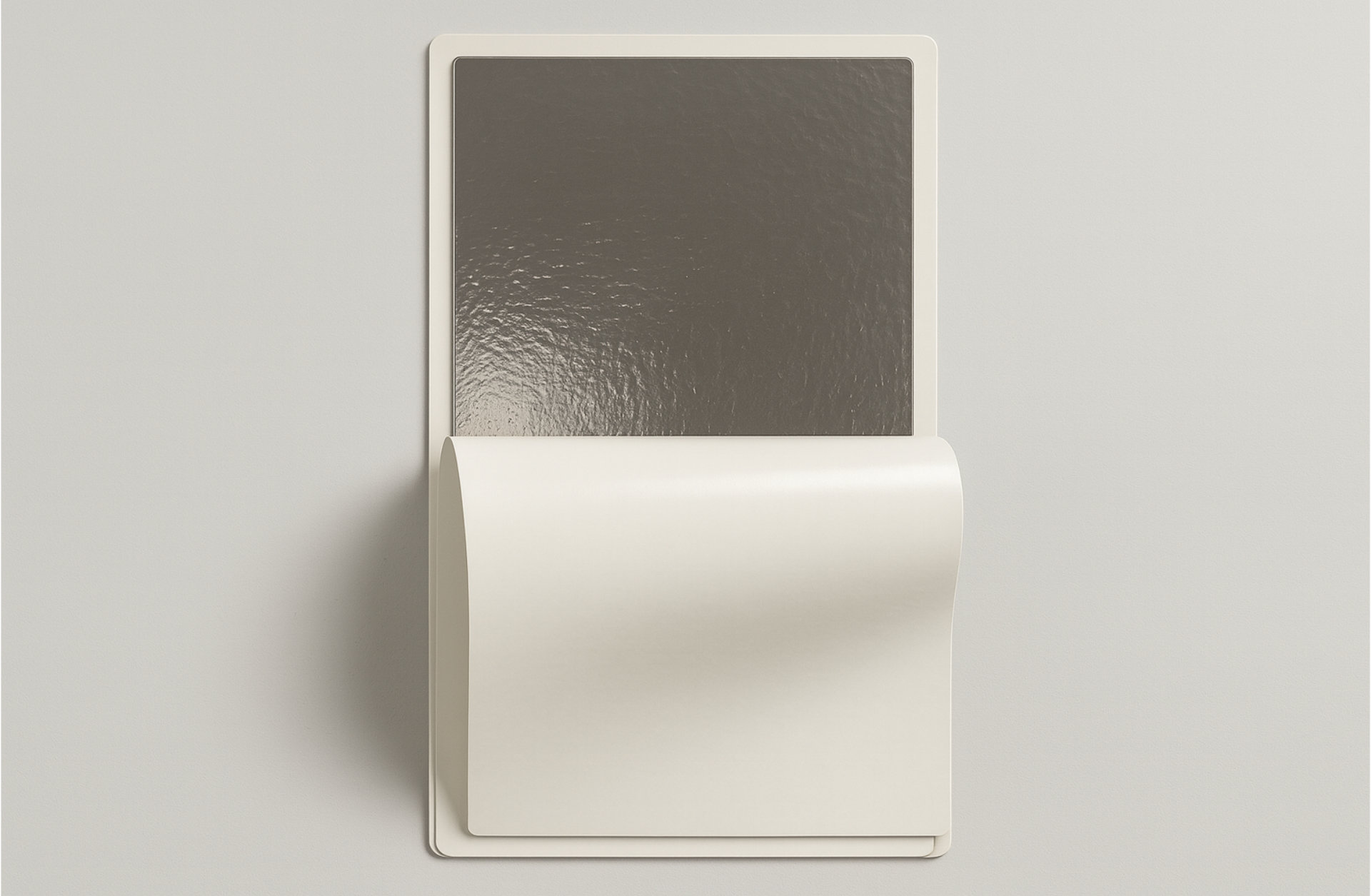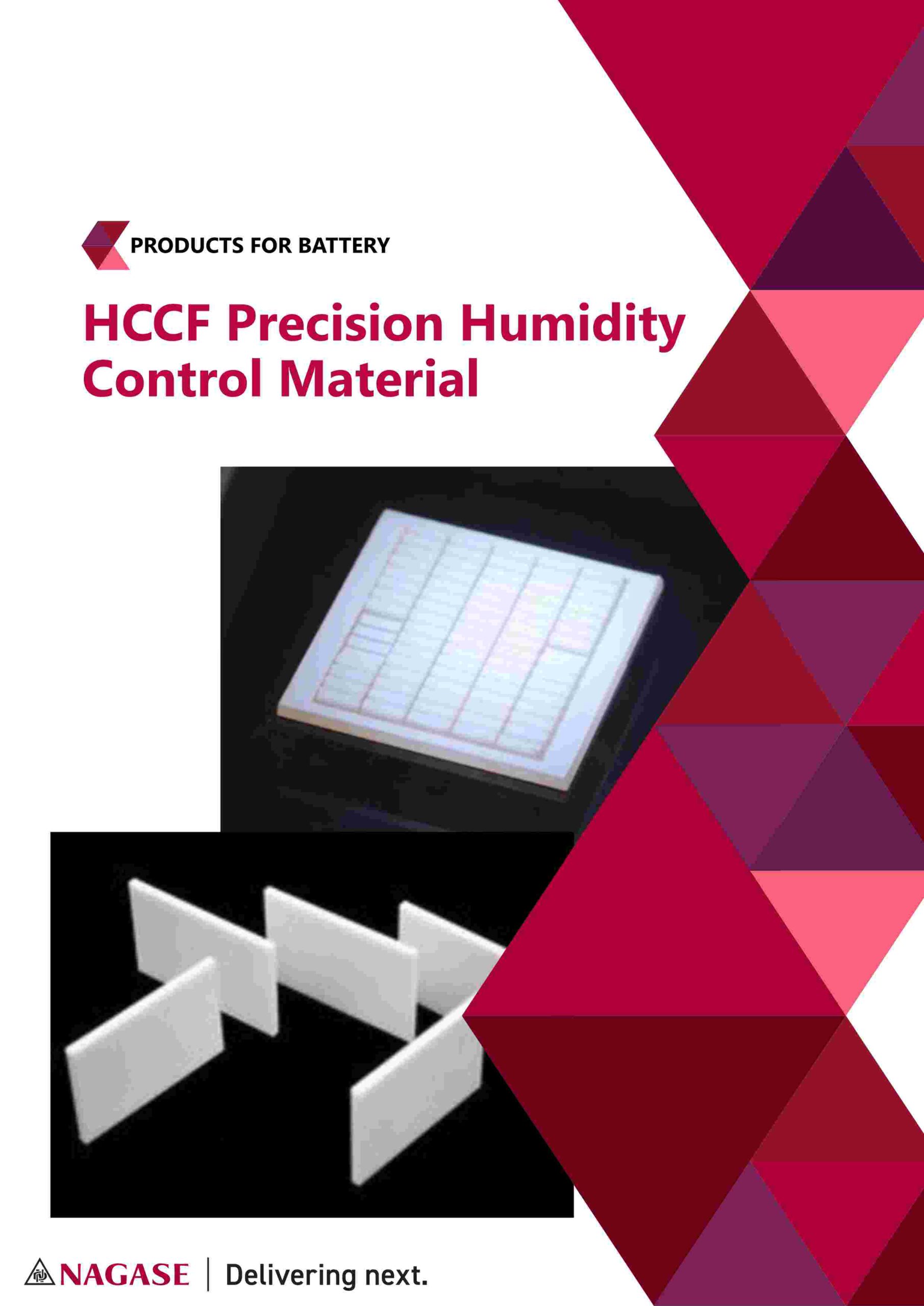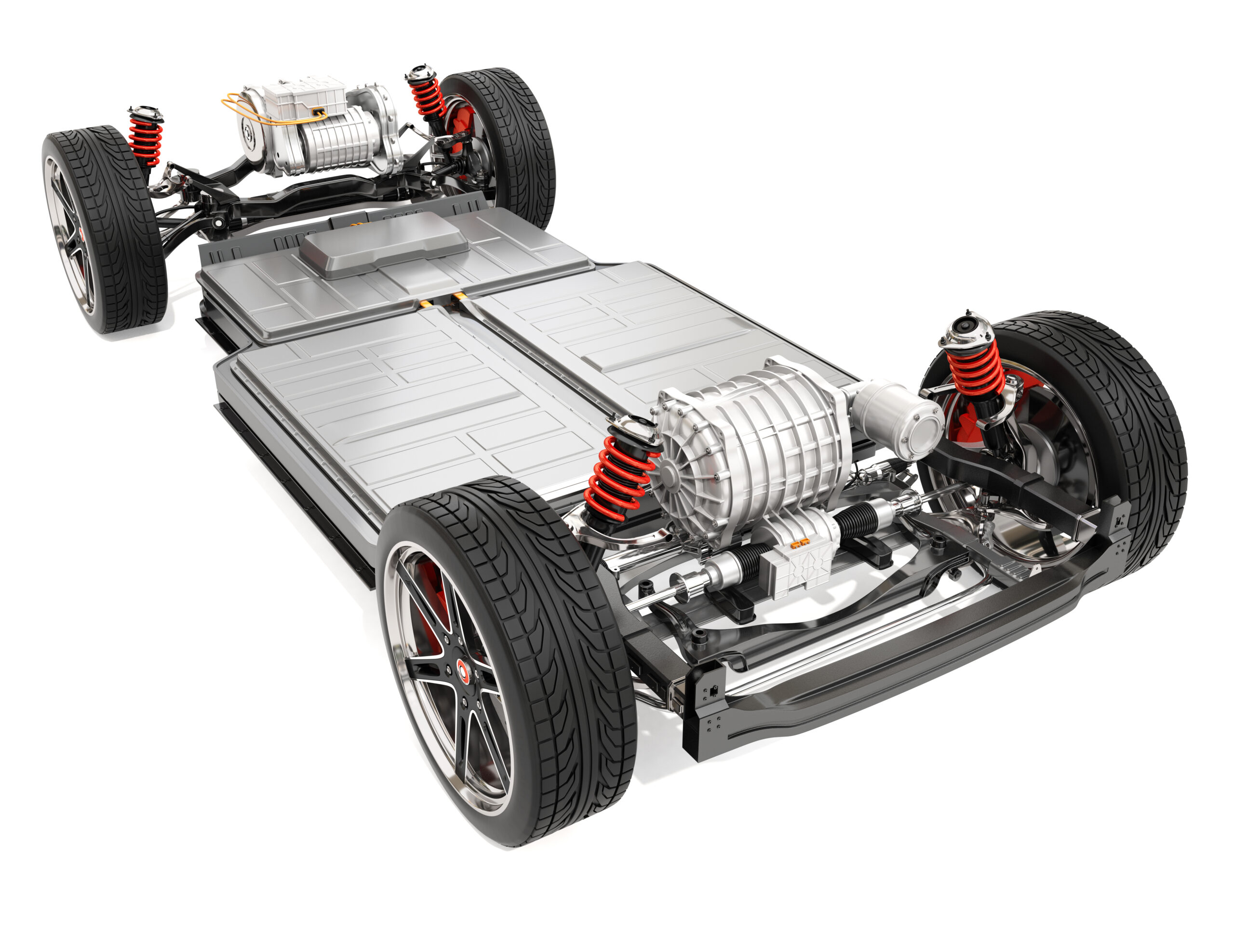Humidity Condensation Control Fiber (HCCF™)
High-performance fiber for precision humidity and condensation control.
Prevents fogging and moisture damage in batteries, electronics, and optical systems.
Advanced Fiber-Based Material for Long-Term Anti-Fog and Moisture Management
Humidity Condensation Control Fiber (HCCF™) is an innovative, eco-friendly material designed to regulate humidity and prevent condensation in semi-enclosed or closed systems. Unlike traditional desiccant powders, sheets, or particles, HCCF offers a reversible absorption and release mechanism that ensures reliable long-term performance. With the ability to absorb more than 150% of its own weight in water vapor, HCCF delivers fast and efficient humidity stabilization, even under rapid temperature changes.
Engineered to meet automotive-grade requirements with a service life exceeding 15 years, HCCF is ideal for advanced applications such as battery packs, electronic housings, and optical devices. NAGASE supplies HCCF globally with full regulatory compliance (RoHS, REACH) and technical support for integration into next-generation systems.
Applications
HCCF is widely used in applications requiring reliable humidity and condensation control.
- Installed in battery packs to maintain safe humidity levels
- Protection of electronic housings and E-boxes from condensation
- Clear visibility in camera lenses and optical sensors
- Humidity control in semi-enclosed environments
- Moisture management for automotive systems and electronics
Features
HCCF combines advanced polymer design with fiber technology for long-lasting anti-fog and dehumidification performance.
- High moisture absorption – More than 150% of its own weight in water vapor
- Fast absorption rate – Quickly reduces humidity in closed environments
- Reversible function – Enables repeated moisture uptake and release
- Long service life – Reliable operation for over 15 years under automotive conditions
- Eco-friendly compliance – Meets both RoHS and REACH standards

| Item | Unit | Test Standard | Remark |
|---|---|---|---|
| Thickness | mm | 0.45 ± 0.05 | |
| Weight | kg/m² | 0.28 ± 0.05 | |
| Control Value | % | 50 ± 5 | Testing Temperature: 24 °C |
| Rate of Hygroscopicity | In 500 mL enclosed space, the initial humidity >70 %, and the material can control the spatial humidity to <50 %. Moisture absorption curve reference below. | ||
| Moisture Liberation Rate | In 500 mL enclosed space, the initial humidity is less than 25 %, the material can control the space humidity to 50 %. Dehumidification curve reference below. | ||
| Hygroscopic Capacity | % | ≥100 | Data after 24 h at 25 °C, 90 % RH |
- Cost advantage compared to aluminium or steel trim
- Production efficiency
Humidity Condensation Control

- Mixed with microporous macromolecule absorbent polymer.
- More effective than desiccant products in solving fog and condensation caused by rapid temperature change.
- Hygroscopic rate is higher than traditional desiccant.
- Greatly increase its service life due to the function of dehumidification.



Frequently Asked Questions about Silicon Foam Rubber Sealing
What is Humidity Condensation Control Fiber (HCCF) used for?
HCCF is primarily used to regulate humidity and prevent fogging or condensation in battery packs, electronic housings, and optical devices.
How does HCCF differ from traditional desiccants?
Unlike single-use powders or sheets, HCCF is fiber-based, highly absorbent, and reversible, allowing repeated moisture control over long periods.
What is the absorption capacity of HCCF?
HCCF can absorb more than 150% of its own weight in water vapor, making it significantly more effective than conventional desiccant materials.
How long does HCCF last in operation?
Designed for automotive-grade reliability, HCCF can function effectively for more than 15 years, matching the lifecycle of vehicles or systems.
Is HCCF environmentally compliant?
Yes, HCCF meets international environmental and safety standards including RoHS and REACH.

